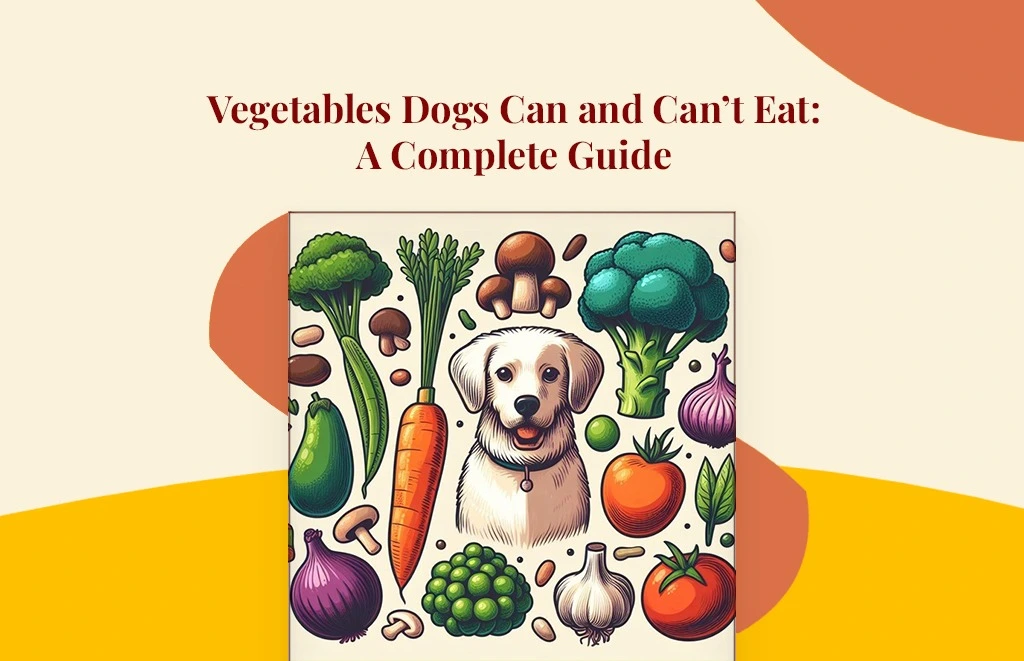Vegetables Dogs Can and Can’t Eat: A Complete Guide
Table of Contents
- Introduction
- Benefits of Vegetables in a Dog’s Diet
- Vegetables Safe for Dogs
- Vegetables Harmful to Dogs
- Precautions and Guidelines
- Can Dogs Eat Spices and Seasonings with Vegetables?
- Top Dog-Friendly Vegetable Recommendations
- Homemade Vegetable Treats for Dogs
- FAQs
- Conclusion
Introduction
Dogs can consume both plant- and animal-based diets because they are omnivores. However, not all plant foods suit dogs, as some may cause digestive problems, allergic reactions, or toxicity. Vegetables are one of the plant foods that dogs can enjoy in moderation, as long as they are dog-safe and appropriately prepared.
Vegetables can benefit dogs by:
- Strengthening their immune system
- Reducing inflammation
- Aiding digestion
- Improving their skin and coat
However, vegetables also have some drawbacks for dogs, such as:
- Having a lot of sugar, which might cause diabetes, obesity, or dental problems
- Containing seeds, stems, or peels, which can be choking hazards or cause intestinal blockage
- Having substances that are toxic or harmful to dogs, such as solanine in tomatoes or oxalates in spinach
Knowing which vegetables are safe for dogs to eat and which ones are not is crucial. It is also essential to adhere to some guidelines on how to serve vegetables to your dog in a way that minimises the risks and maximises the benefits.
Benefits of Vegetables in a Dog’s Diet
Although dogs enjoy (and should eat) a lot of meat, vegetables can also give your pet the nutrients that meat does not contain. Vegetables are rich in vitamins, minerals, fibre, phytonutrients, and antioxidants, all having disease-fighting potential. Their high water content makes them a great source of hydration, and they also contain digestive enzymes.
Dogs, however, cannot survive solely on vegetables, unlike humans. A varied diet is essential for your pet’s well-rounded nutritional intake. Therefore, veggies should make no more than 10% of your dog’s daily calorie intake. Here is a comprehensive list of veggies that dogs can eat and those that are best avoided if you want to add some healthful treats to their diet but need to know where to start.
Vegetables Safe for Dogs
According to the American Kennel Club, some of the vegetables that are safe for dogs and vegetables dogs can eat include:
- Broccoli:
Broccoli has virtually little fat and is a rich source of fibre and vitamins A, C, E, and K. Because the stalks can quickly become stuck in your pet’s throat, slice them into small pieces. Furthermore, be aware that broccoli florets contain isothiocyanate, a potentially dangerous substance found in all cruciferous vegetables, including kale, cabbage, and cauliflower, which can give some dogs stomach distress.
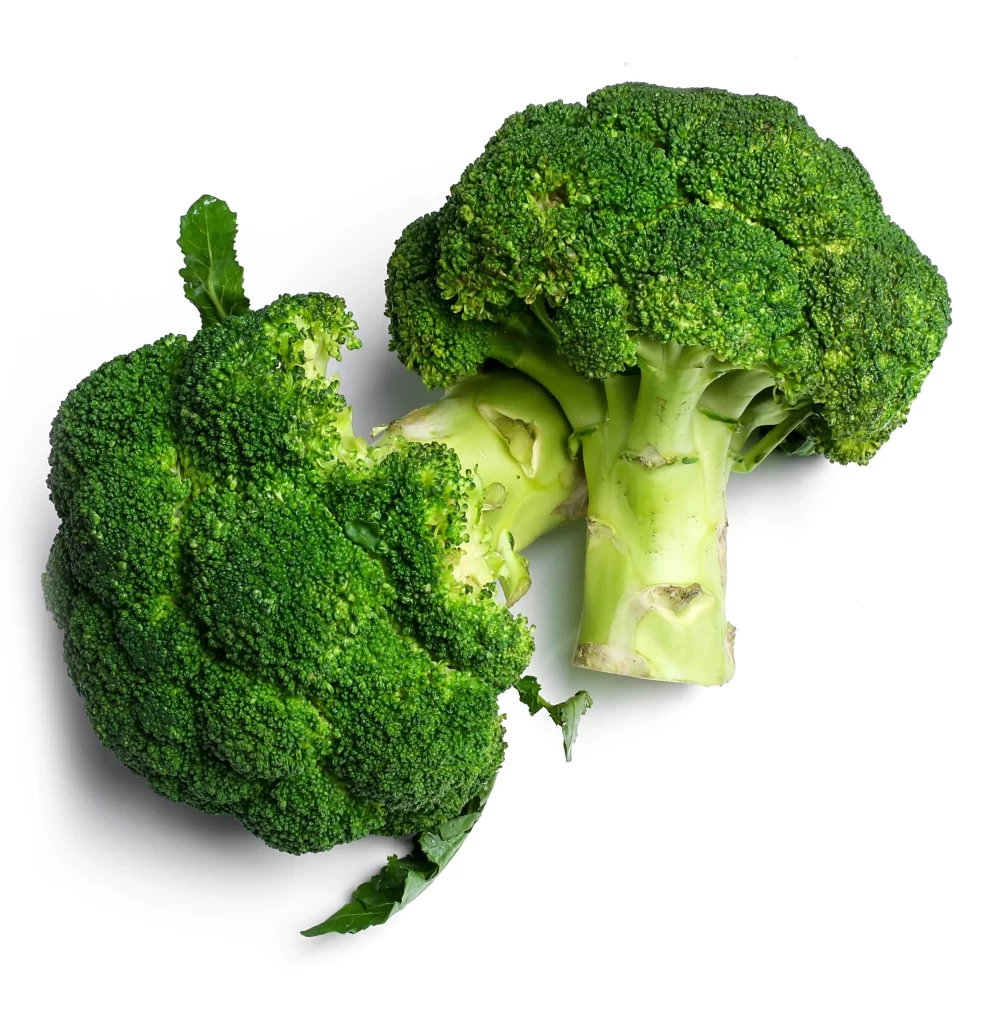
- Carrots:
Carrots are high in potassium, fibre, vitamins B, C, and K, and vitamin A, which helps with your pet’s vision. They are low in calories and fat, making them an excellent snack for dogs. Many dogs enjoy them raw, but they can be given steamed or boiled as well. Avoid giving them the green tops, as they contain alkaloids that can be toxic to dogs.
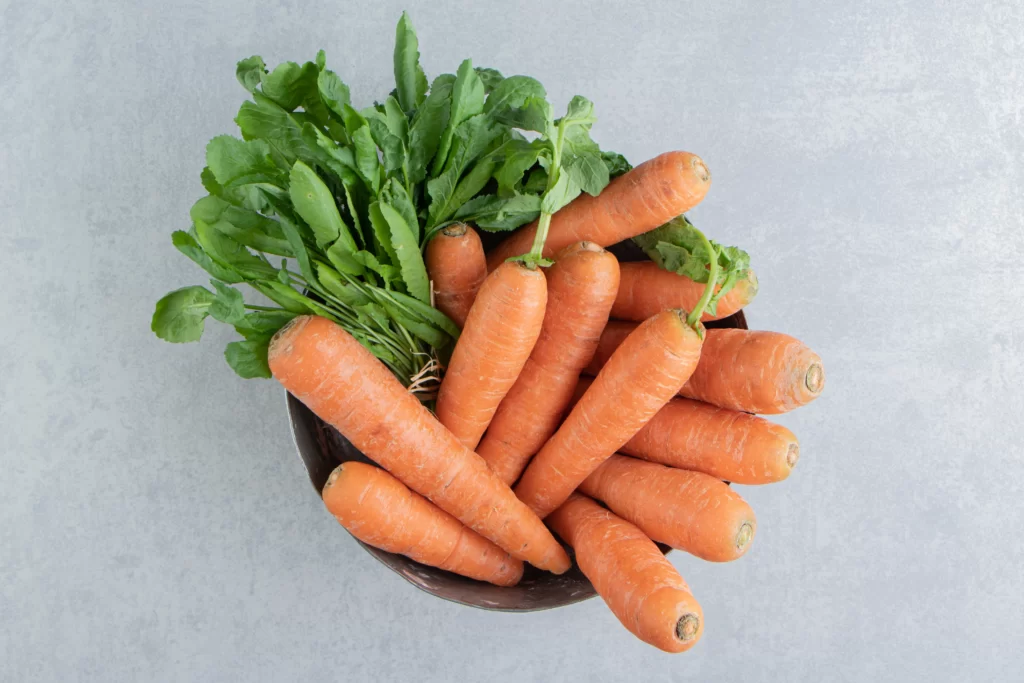
- Celery:
Celery is high in vitamins A, C, K, folate, potassium, and manganese. It also has anti-inflammatory properties and can help freshen your dog’s breath. Before offering it to your dog, chop it into small pieces, as it may present a choking hazard or create intestinal blockage. Also, limit the amount you give, as celery is a natural diuretic and can make your dog urinate more frequently.
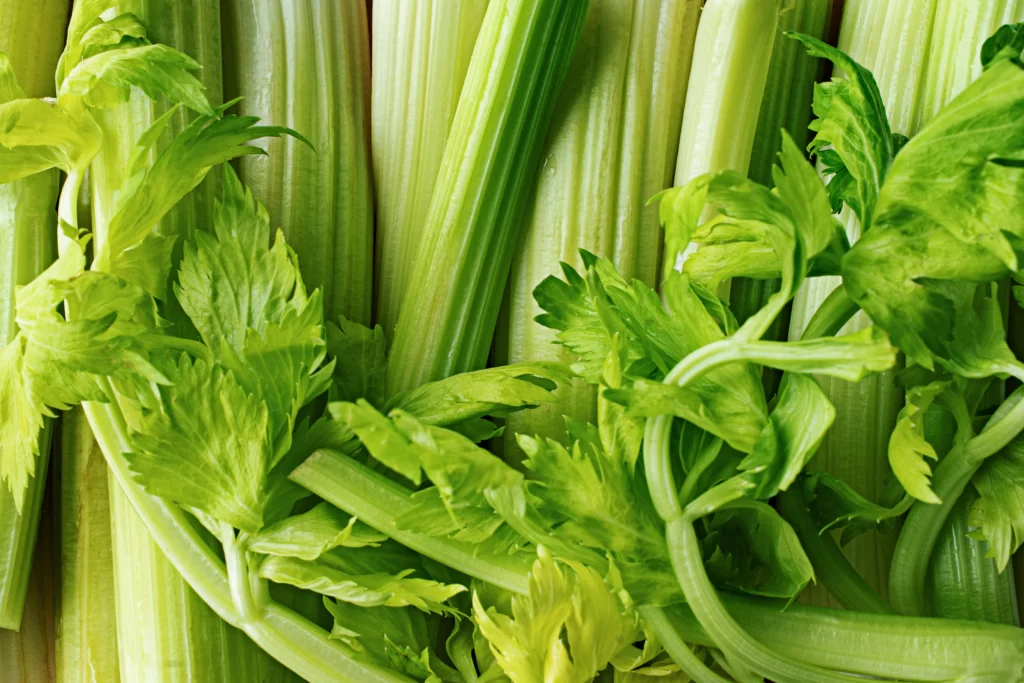
- Green Beans:
Green beans are a superfood with vitamins A, C, K and B complex, iron, calcium, magnesium, potassium, and fibre. They also contain omega-3 fatty acids and protein, good for your dog’s skin and coat. They are low in calories and fat, making them an excellent dog treat. You can give them raw, steamed, boiled, or frozen to your dog, but avoid canned green beans as they may contain salt or other additives that are not good for your dog.
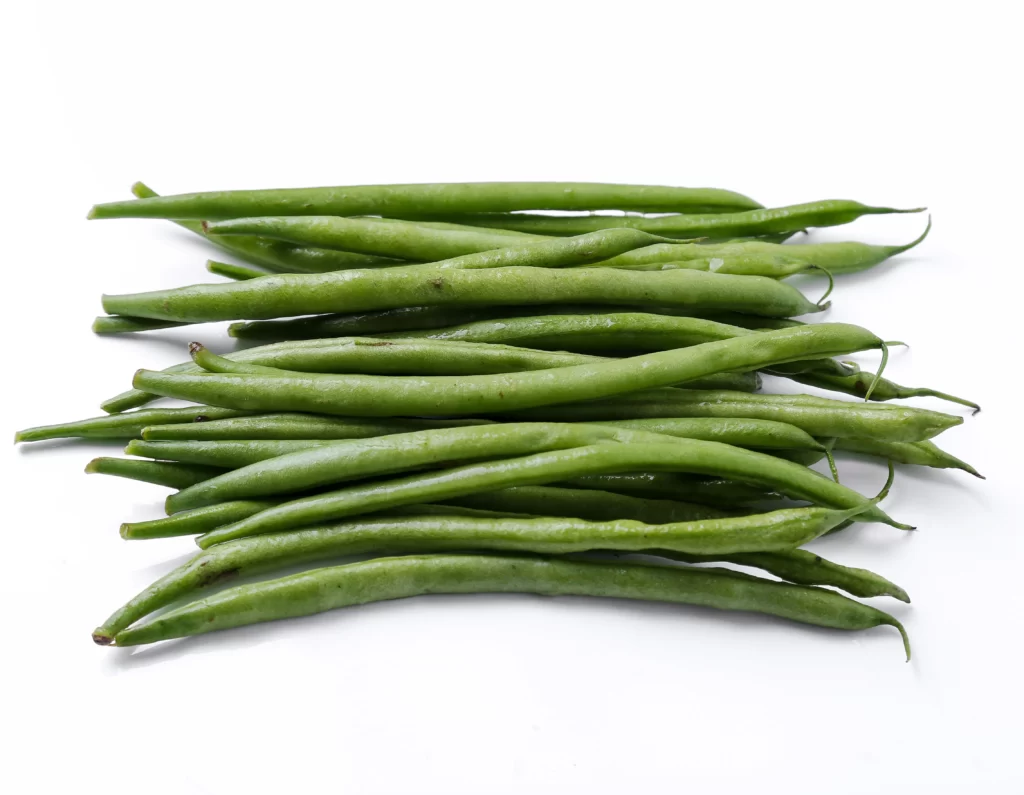
- Peas:
Peas are another nutrient-dense vegetable that can provide your dog with vitamins A, B, C, K, and folate, as well as protein, fibre, iron, zinc, potassium, and magnesium. They are also low in calories and fat, making them a great dog treat. You can give them fresh or frozen to your dog, but avoid canned peas as they may contain salt or other additives that are not good for your dog. Also, avoid giving them peas with pods or shells, such as snow peas or sugar snap peas, as they can be hard to digest and cause intestinal blockage.
These are just some vegetables that are safe for dogs to eat. There are many more that you can explore with your dog, such as sweet potatoes, pumpkin, zucchini, cucumber, lettuce, spinach, and asparagus. However, always research before introducing any new vegetable to your dog, and consult your veterinarian if you have any doubts or concerns.
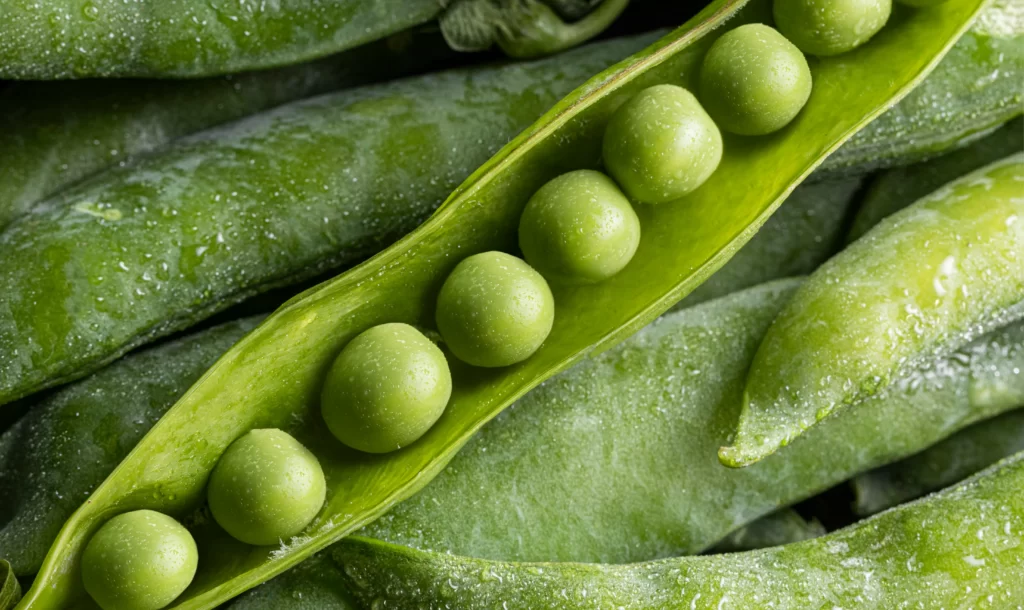
Vegetables Harmful to Dogs
While many vegetables are safe for dogs to eat, some are not. Some of the vegetables that you should avoid giving to your dog include:
- Onions and Garlic:
Onions and garlic are members of the allium family, including leeks, shallots, and chives. Thiosulfate, a substance found in these veggies, can harm your dog’s red blood cells and result in hemolytic anaemia, a potentially fatal illness. Symptoms of onion or garlic poisoning include weakness, lethargy, pale gums, rapid breathing, vomiting, diarrhoea, and collapse. Even small amounts of these vegetables can be toxic to dogs, so avoid giving them any food that contains onions or garlic, such as pizza, pasta sauce, soup, or salad dressing.
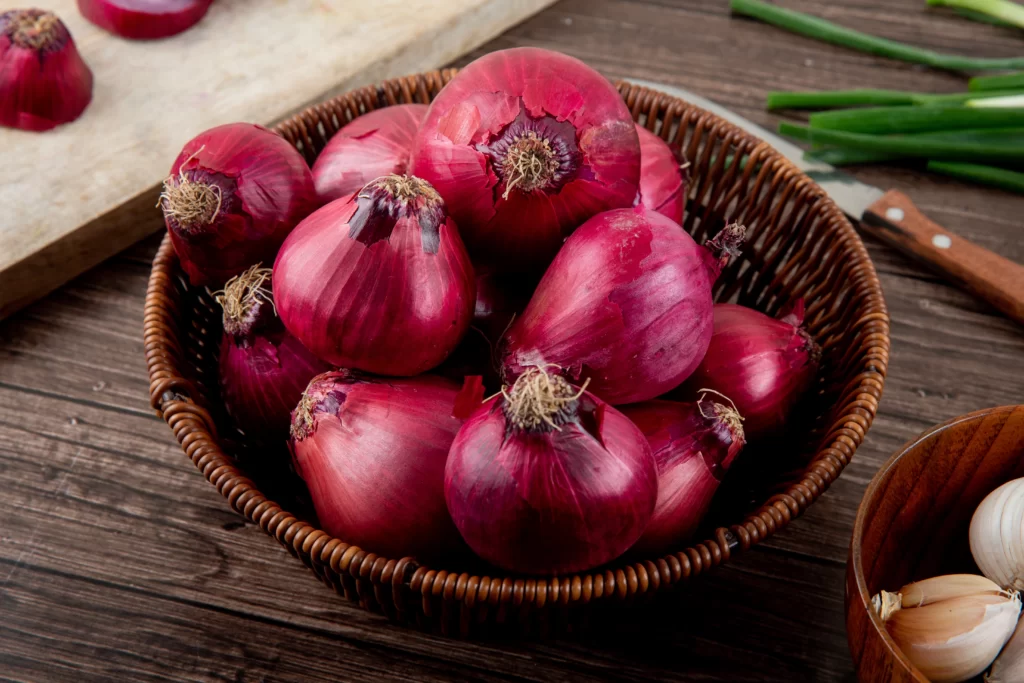
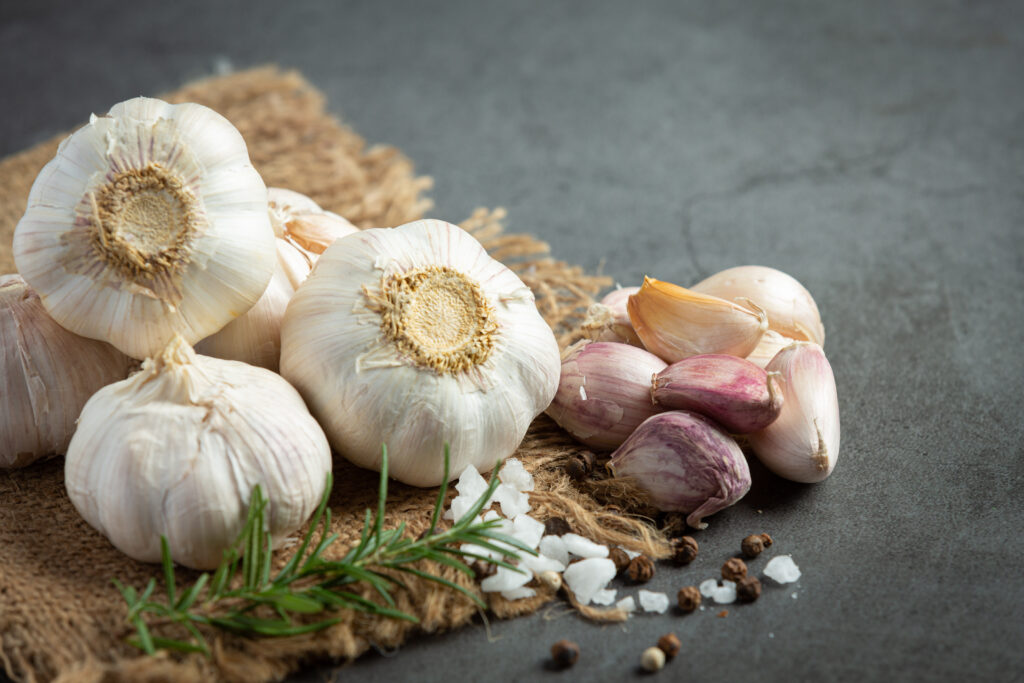
- Tomatoes:
Tomatoes are technically fruits, but they are often considered vegetables in culinary terms. Solanine is a toxin found in tomatoes that can upset a dog’s stomach and cause muscle weakness, tremors, and seizures. The green parts of tomatoes, such as the stem and leaves, are high in solanine, so keep them away from your dog at all costs. The ripe red tomato fruit has less solanine, but it still can be too much for some dogs to handle. If you notice any signs of tomato poisoning in your dog, such as drooling, vomiting, diarrhoea, confusion, or abnormal behaviour, contact your veterinarian immediately.
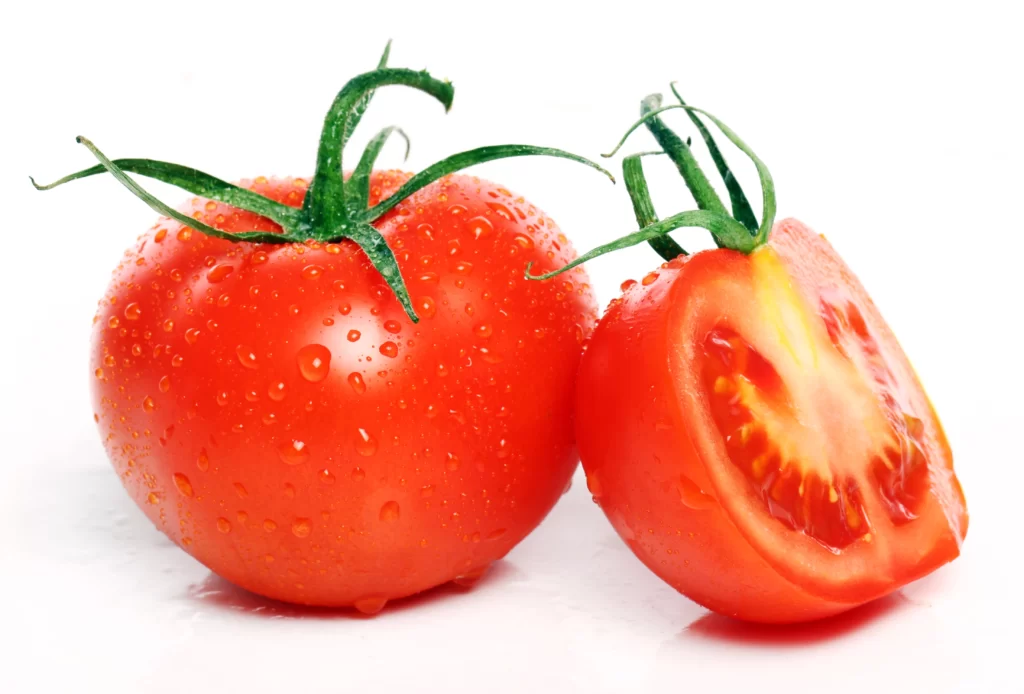
- Mushrooms:
Mushrooms are fungi, not vegetables, often used in vegetable dishes. Mushrooms can be very dangerous for dogs, as some varieties are highly toxic and can cause liver failure, kidney failure, seizures, coma, or death. Symptoms of mushroom poisoning include vomiting, diarrhoea, drooling, abdominal pain, lethargy, jaundice, increased thirst and urination, and bleeding disorders. If you suspect that your dog has eaten any mushrooms, contact your veterinarian immediately. Please do not give your dog any mushrooms that you find in the wild or in your backyard, as they may be poisonous. Also, avoid giving them any mushrooms you buy from the store or order from a restaurant unless you know exactly what kind they are and that they are safe for dogs.
These are just some of the vegetables that are harmful to dogs. There are many more that you should avoid giving to your dog, such as corn, potatoes, beets, rhubarb, and eggplant. Always research before introducing any new vegetable to your dog, and consult your veterinarian if you have any doubts or concerns.
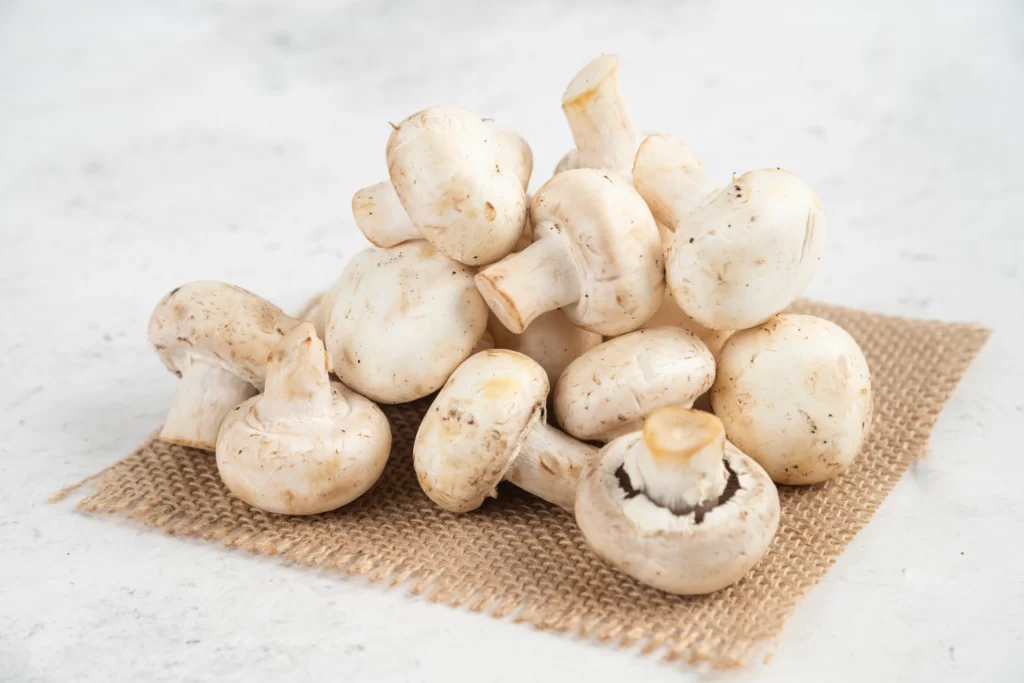
Precautions and Guidelines
If served correctly, vegetables may be a tasty and nutritious treat for your dog. Here are some precautions and guidelines before serving vegetables to your dog:
- Before feeding the veggies to your dog, thoroughly wash them because they can contain dirt, pesticides, or bacteria that could be harmful to your dog.
- Cut the vegetables into small pieces or mash them before giving them to your dog, as this can prevent choking hazards or intestinal blockage.
- Remove any seeds, stems, or peels from the vegetables before giving them to your dog, as they may contain toxins or cause choking hazards or intestinal blockage.
- Cook the vegetables lightly before giving them to your dog, as this can make them easier to digest and enhance their nutritional value. However, avoid overcooking them, which can destroy some vitamins and minerals. You can steam, boil, roast, or microwave the vegetables, but avoid frying them or adding oil, butter, salt, or spices.
- Introduce new vegetables gradually to your dog, as sudden changes in diet can cause digestive problems or allergic reactions. Start out slowly and see how your dog responds. If you notice any discomfort, stop giving the vegetable and contact your veterinarian.
- Limit the amount of vegetables you give your dog, as too much can cause obesity, diabetes, or dental issues. The ASPCA recommends that your dog’s daily calorie intake from vegetables should not exceed 10%. The rest should come from a balanced and complete dog food.
Can Dogs Eat Spices and Seasonings with Vegetables?
Spices and seasonings are often used to enhance the flavour and aroma of vegetables for humans, but they are unsuitable for dogs. Many spices and herbs contain ingredients that are toxic or harmful to dogs, such as salt, garlic, onion, pepper, nutmeg, cinnamon, clove, paprika, cumin, turmeric, curry powder, chilli powder, and more. These ingredients can cause gastrointestinal upset, dehydration, anaemia, liver damage, kidney damage, seizures, coma, or death in dogs. Therefore, it is best to avoid giving your dog any vegetables that have been seasoned or spiced with these ingredients.
To add flavour to your dog’s vegetables, use some natural and safe alternatives, such as parsley, mint, basil, oregano, rosemary, thyme, or dill. These herbs can provide health benefits for your dog, such as improving digestion, freshening breath, fighting infections, and reducing inflammation. However, use them sparingly and in moderation, as too much can cause stomach upset or allergic reactions. Also, avoid giving your dog any herbs that are unsafe for dogs to eat, such as sage, lavender, chives, lemongrass, or bay leaves. Always research before introducing any new spice to your dog, and consult your veterinarian if you have any doubts or concerns.
Top Dog-Friendly Vegetable Recommendations
If you are wondering what vegetables to start with for your dog, here are some of the top dog-friendly vegetable recommendations that you can try:
- Carrots:
One of the most well-liked and adaptable veggies for dogs is carrots. They are crunchy, sweet, and nutritious. They can help improve your dog’s vision, skin, and coat, as well as clean their teeth and gums. You can give them raw, cooked, or frozen to your dog, but cut them into small pieces or mash them to prevent choking hazards or intestinal blockage. You can also make homemade carrot treats for your dog by mixing grated carrots with peanut butter, oats, and eggs and baking them in the oven.
- Green beans:
Another fantastic veggie for dogs is green beans. They are rich in protein, fibre, vitamins, minerals, and antioxidants but low in calories and fat. They can help your dog feel full and satisfied, as well as boost their immune system and digestion. You can give them raw, cooked, or frozen to your dog, but avoid canned green beans as they may contain salt or other additives that are not good for your dog. You can also make homemade green bean treats for your dog by mixing chopped green beans with cheese, eggs, and flour and baking them in the oven.
- Pumpkin:
Pumpkin is a seasonal vegetable that can provide many benefits for your dog. It is rich in vitamin A, which helps improve your dog’s vision and immune system. It also contains fibre, which can help regulate your dog’s bowel movements and prevent constipation or diarrhoea. You can give cooked or canned pumpkin to your dog, but make sure it is pure pumpkin and not pumpkin pie filling, which may contain sugar or spices that are not good for your dog. You can also make homemade pumpkin treats for your dog by mixing pureed pumpkin with peanut butter, oats, and eggs and baking them in the oven.
These are just some of the top dog-friendly vegetable recommendations that you can try. There are many more that you can explore with your dog, such as sweet potatoes, broccoli, peas, zucchini, and spinach. However, always research before introducing any new vegetable to your dog, and consult your veterinarian if you have any doubts or concerns.
Homemade Vegetable Treats for Dogs
If you want to make your own vegetable treats for your dog, you can use some simple and healthy ingredients that you may already have in your kitchen. Homemade vegetable treats are a great way to use up any leftover or excess vegetables, as well as to control the quality and quantity of what your dog eats. Here are a few delicious and simple recipes you might try:
- Veggie Biscuits:
These biscuits are crunchy and savoury and can be made with any vegetables your dog likes. You will need 2 cups of whole wheat flour, 1 cup of cooked and pureed vegetables (such as carrots, pumpkin, sweet potatoes, or peas), 1/4 cup of water, 2 tablespoons of vegetable oil, and 1 egg. Preheat your oven to 180°C and line a baking sheet with parchment paper. In a large bowl, mix the flour, vegetables, water, oil, and egg until well combined. Roll out the dough on a floured surface and cut out shapes with a cookie cutter or a knife. After arranging the biscuits on the baking sheet, bake them for 25 to 30 minutes or until they become crisp and brown. Before offering them to your dog or putting them in an airtight container, let them cool fully.
- Veggie Pops:
These pops are refreshing and hydrating and can be made with fruits or vegetables your dog likes. You will need 2 cups of plain yoghurt, 1 cup of chopped or pureed fruits or vegetables (such as apples, bananas, blueberries, strawberries, mangoes, cucumbers, celery, or spinach), and some ice cube trays or popsicle moulds. Puree the yoghurt with the fruits or vegetables in a food processor or blender until smooth. Fill the ice cube trays or popsicle moulds with the mixture, then freeze for at least 4 hours or until solid. Remove them from the moulds and offer your dog a refreshing treat on a steamy day.
- Veggie Chips:
These chips are crispy and flavourful and can be made with any root vegetables your dog likes. Two cups of thinly sliced root vegetables (beets, carrots, parsnips, potatoes, or sweet potatoes), two tablespoons of vegetable oil, and some optional salt are required. Adjust the oven temperature to 200°C and place parchment paper on a baking pan. Toss the vegetable slices with the oil and salt (if using) in a big bowl until thoroughly coated. Arrange them in a single layer on the baking sheet that has been preheated, and bake for 15 to 20 minutes or until they turn golden and crisp. Halfway through, flip them for uniform browning. Before offering them to your dog or putting them in an airtight container, let them cool fully.
These are just some of the homemade vegetable treats that you can make for your dog. There are many more that you can experiment with using different ingredients and combinations. However, always research before introducing any new food to your dog, and consult your veterinarian if you have any doubts or concerns.
- Cauliflower:
Cauliflower is a white flower vegetable often used in Indian dishes such as gobi masala or gobi manchurian. Because cauliflower is abundant in vitamins C, K, B6, folate, and fibre, it is suitable for dogs to eat in moderation. It can support improved digestion and immunity in your dog. However, too much cauliflower can cause gas, bloating, or diarrhoea in dogs, so limit the amount you give. Also, avoid giving them cauliflower seasoned or spiced with ingredients unsuitable for dogs, such as salt, garlic, onion, or chilli powder.
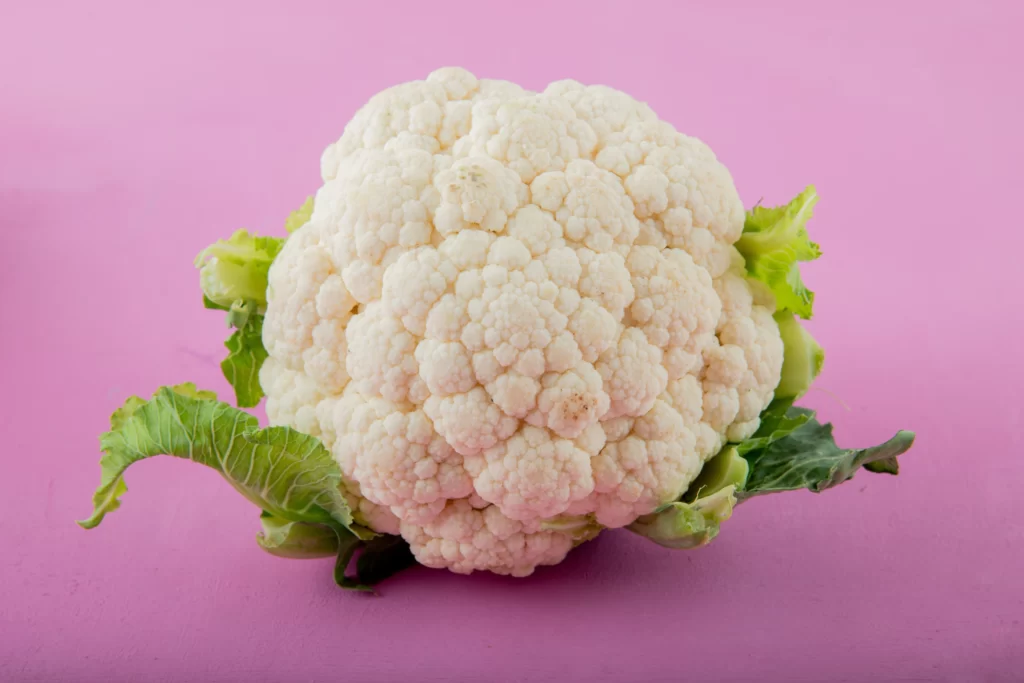
- Spinach:
Spinach is a dark green leafy vegetable often used in Indian dishes such as palak paneer or palak dal. Due to its high content of antioxidants, iron, calcium, vitamins A, C, and K, spinach is safe for dogs to eat in moderation. It can help improve your dog’s vision, blood circulation, and bone health. However, too much spinach can cause kidney problems in dogs, as it contains oxalates, which can interfere with calcium absorption and form kidney stones. Therefore, only give your dog a small amount of spinach occasionally, and avoid giving them spinach that has been seasoned or spiced with ingredients that are not good for dogs, such as salt, garlic, onion, or chilli powder.
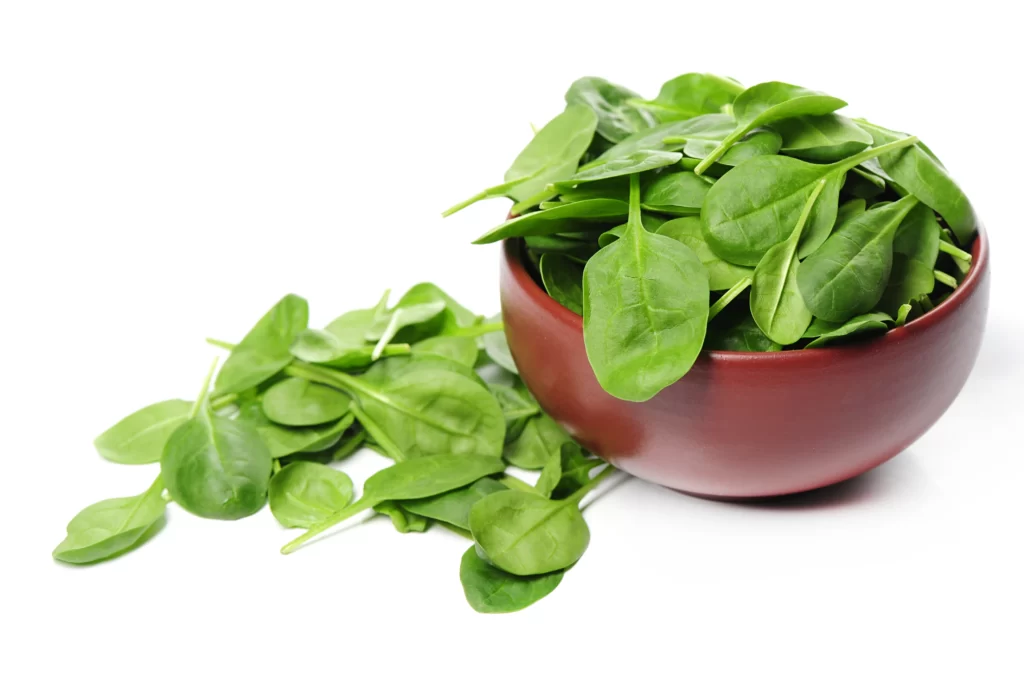
These are just some common vegetables in Indian kitchens that you can give or avoid giving to your dog. There are many more that you can explore with your dog, such as radish, beetroot, turnip, fenugreek, drumstick, and bitter gourd. However, always research before introducing any new vegetable to your dog, and consult your veterinarian if you have any doubts or concerns.
FAQs
What benefits do veggies provide for dogs?
Vegetables can provide dogs with vitamins, minerals, fibre, antioxidants, and phytonutrients to help prevent diseases, aid digestion, and hydrate them.
What are some vegetables that dogs can eat safely?
Some vegetables that dogs can eat safely include carrots, celery, broccoli, spinach, peas, cucumbers, green beans, zucchini, pumpkin, and sweet potatoes. These vegetables are low in calories and fat and high in nutrients and fibre. They can be given raw or cooked, but avoid adding salt, oil, or spices.
What are some vegetables that dogs should avoid or limit?
Some vegetables that dogs should avoid or limit include onions, garlic, leeks, chives, mushrooms, tomatoes, potatoes (especially green ones), rhubarb, asparagus, avocado, and corn. These vegetables can contain toxic substances or acids that can cause gastrointestinal upset, anaemia, organ damage, or even death in dogs.
How many vegetables can dogs eat per day?
Vegetables should comprise at most 10% of your dog’s daily calorie intake. Too much vegetables can cause digestive problems or nutrient imbalances in your dog. A veterinarian should also be consulted before adding new items to your dog’s diet.
How should I prepare vegetables for my dog?
Before offering the veggies to your dog, wash them and cut them into little pieces. To make them softer and simpler to digest, you can also boil or steam them. Don’t season the veggies with salt, oil, or other seasonings. Additionally, you can mash or puree them and combine them with your dog’s usual diet.
Where can I find more information about what foods are safe or unsafe for my dog?
You can find more information about what foods are safe or unsafe for your dog on websites such as the American Kennel Club, Pawlicy Advisor, Love Your Dog, and Pupford. You can also ask your veterinarian for your dog’s dietary needs and preferences.
Conclusion
Vegetables are an excellent way to add variety and nutrition to your dog’s diet, as long as you choose the right ones and serve them properly. Vegetables can give your dog many health benefits, such as strengthening their immune system, reducing inflammation, aiding digestion, and improving their skin and coat. However, vegetables also have some drawbacks for your dog, such as being high in sugar, containing seeds, stems, or peels, or having substances that are toxic or harmful to dogs. Therefore, it is essential to know which vegetables are safe for dogs to eat and which ones are not. Additionally, it’s critical to adhere to specific recommendations for serving veggies to your dog in a method that minimises risk and improves health.
We hope you now know more about vegetables and dogs after reading this blog post. Remember to always do your research before introducing any new food to your dog, and consult your veterinarian if you have any doubts or concerns. If served carefully and in moderation, vegetables may be a tasty and nutritious treat for your dog. Happy veggie-feeding!
If you enjoyed reading this blog post and want future updates regarding nutrition and dogs, please sign up for our newsletter and follow us on social media. We will keep you updated with the latest tips, tricks, and trends on how to keep your dog happy and healthy. Thank you for reading!

